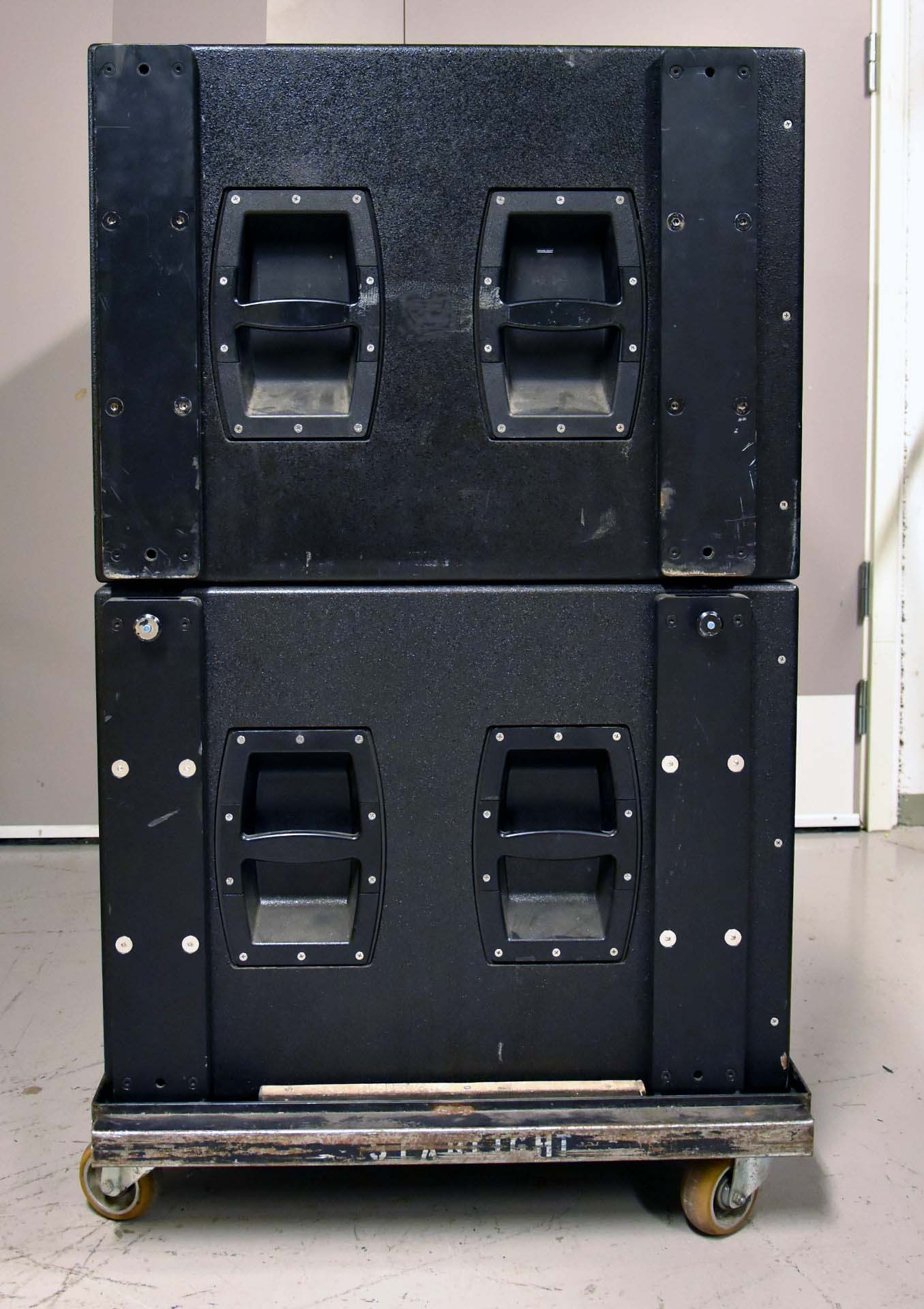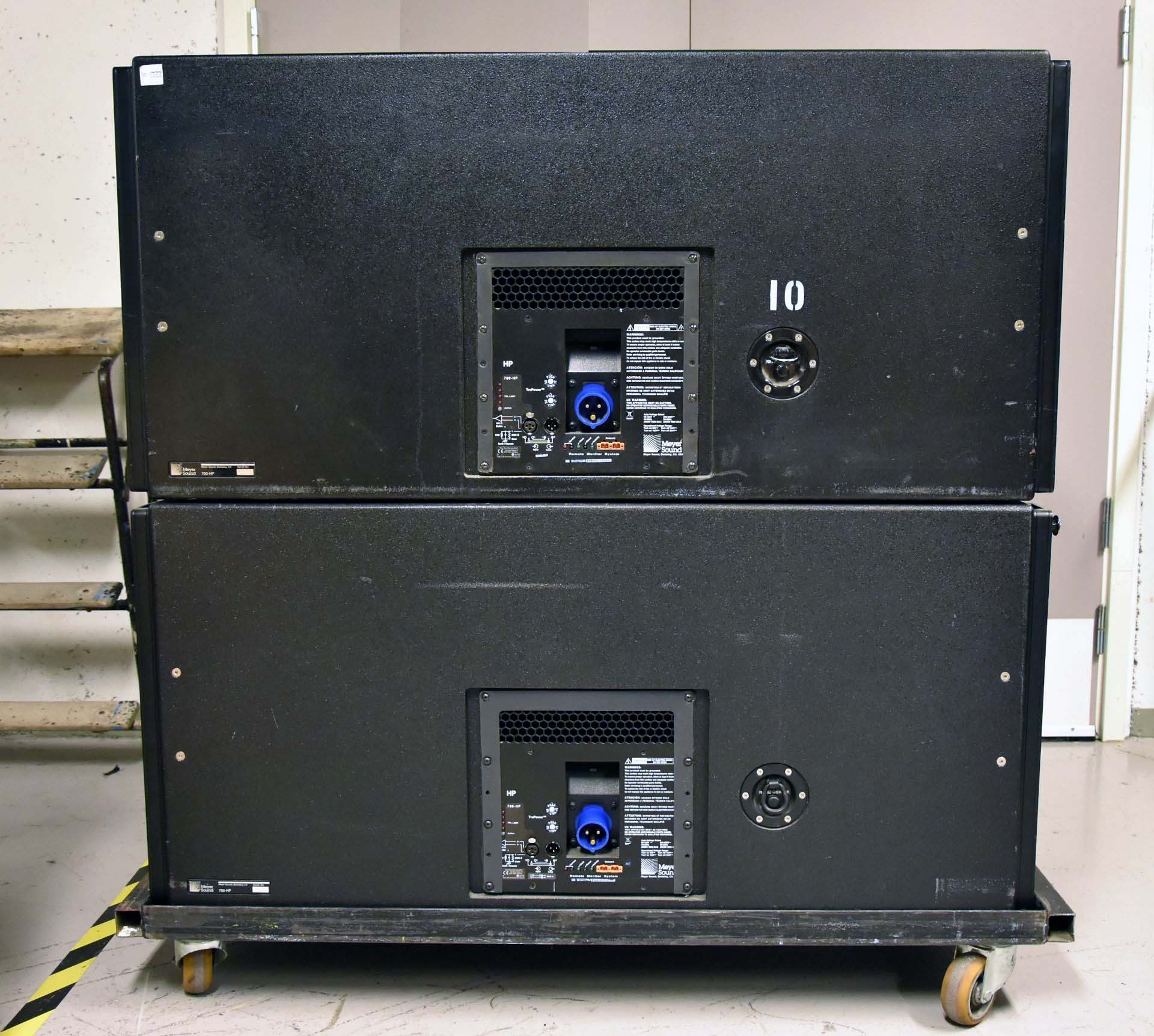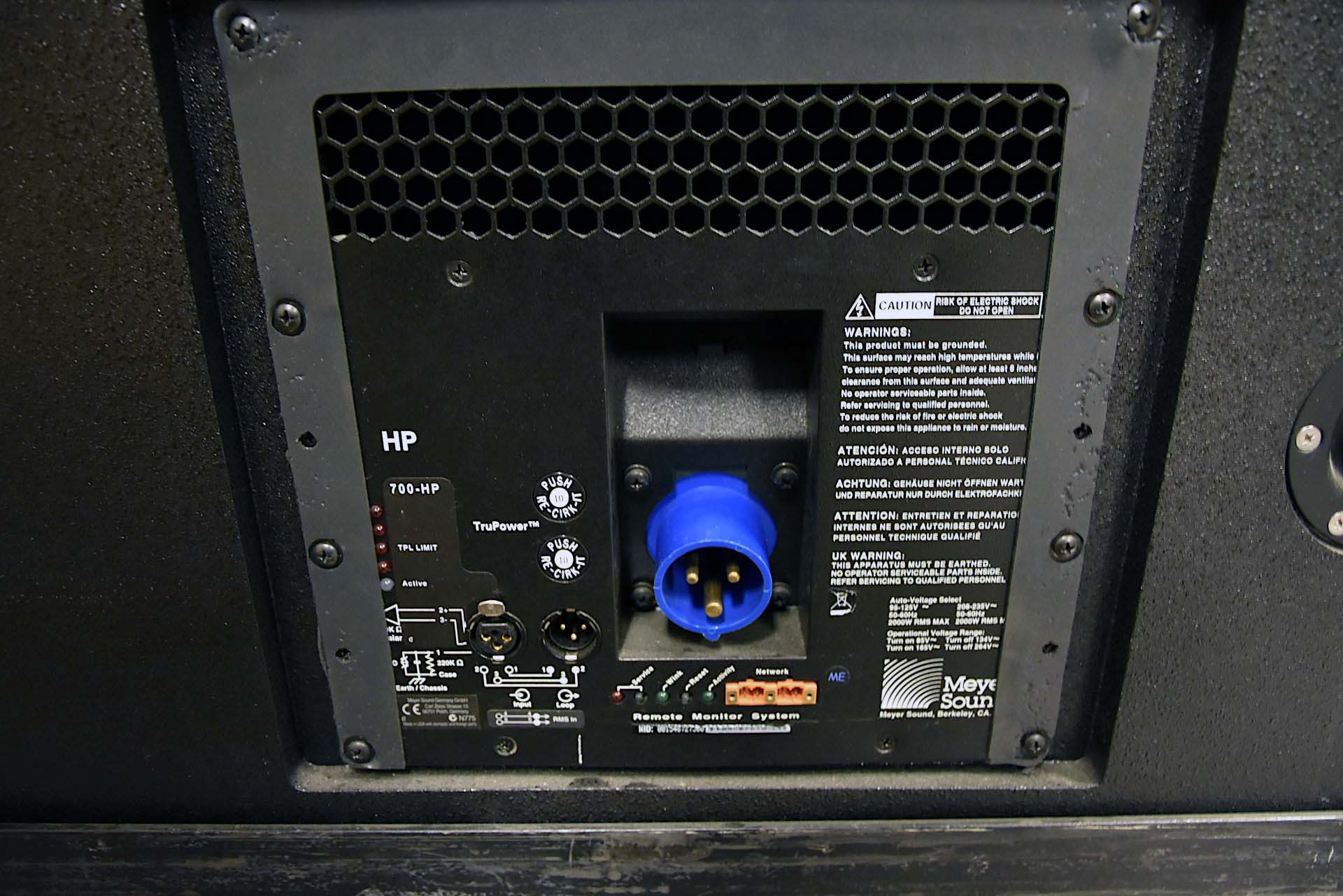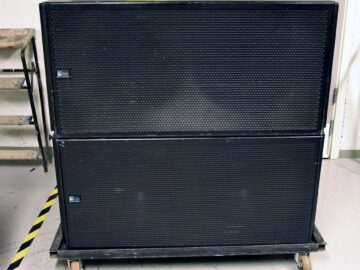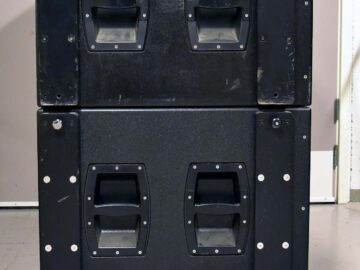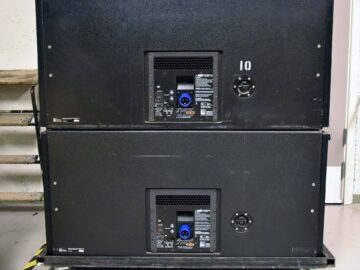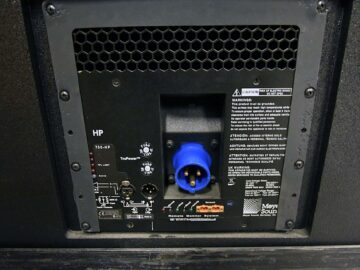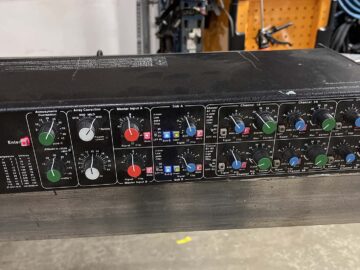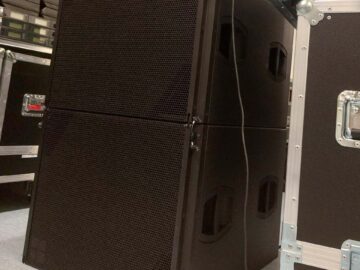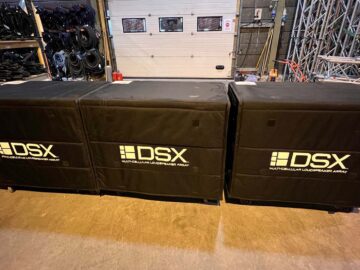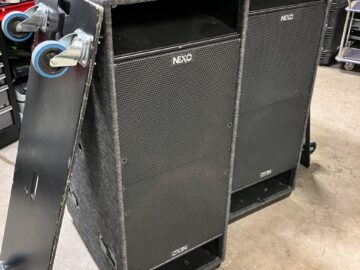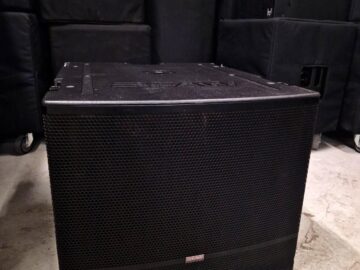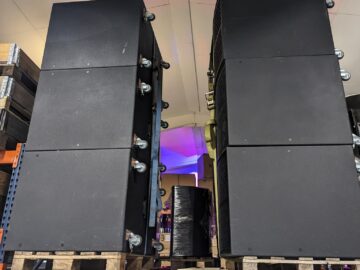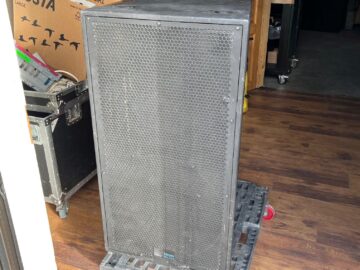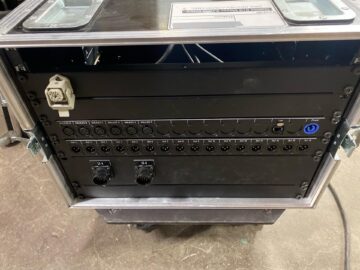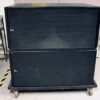Orders are invoiced in the currency selected above - please choose currency!
Meyer Sound 700-HP
Meyer Sound 700HP Subwoofer
Ask about this item

EUR 2 000 excl tax
Price is excluding VAT What's this?
This item is sold
Share:
The Meyer Sound 700-HP ultrahigh-power subwoofer sets a new standard for the power-to-size equation. The 700-HP’s power and bandwidth handle high continuous operating levels and extreme transient information with minimal distortion in its operating frequency range.
Meyer Sound’s rigorous design approach has been applied to extract the greatest efficiency from every part of the system, resulting in the 700-HP’s effortless reproduction of low frequency transient information. As a self-powered system, the transducers, amplification and control electronics of the 700-HP are created as a symbiotic system that optimizes performance and maximizes its tremendous power.
The operating frequency range of 28 Hz to 150 Hz complements other Meyer Sound loudspeakers and line and curvilinear arrays in sound reinforcement applications requiring maximum headroom at the low end of the frequency spectrum.
The 700-HP’s efficiently tuned cabinet houses two Meyer Sound-designed and -manufactured back-vented, long-excursion, 18-inch cone drivers. Each driver has a 4-inch voice coil and is rated to handle 1200 AES watts. The drivers have also been engineered for extreme efficiency, using high-gauss neodymium magnets for the most powerful magnetic field strength. High magnetic field strength increases the driver’s sensitivity, which yields greater output, while keeping heat dissipation requirements within operational tolerances.
Specifications
| Operating Frequency Range | 28 Hz – 150 Hz |
| Free Field Frequency Response | 30 Hz – 125 Hz ±4 dB |
| Phase Response | 45 Hz – 145 Hz ±30° |
| Maximum Peak SPL | 139 dB |
| Dynamic Range | 110 dB |
| Coverage | 360° (single unit); varies with number of units and configuration |
| Low Frequency | Two 18″ cone drivers Nominal impedance: 4 Ω Voice coil size: 4″ Power-handling capability: 1200 W (AES) |
| Audio Input Type | Differential, electronically balanced |
| Maximum Common Mode Range | ±15 V DC, clamped to earth for voltage transient protection |
| Connectors | Female XLR input with male XLR loop output |
| Input Impedance | 10 kΩ differential between pins 2 and 3 |
| Wiring | Pin 1: Chassis/earth through 220 kΩ, 1000 pF, 15 V clamp network to provide virtual ground lift at audiofrequencies Pin 2: Signal + Pin 3: Signal - Case: Earth ground and chassis |
| DC Blocking | None on input, DC blocked through signal processing |
| CMRR | 50 dB, typically 80 dB (50 Hz–500 Hz) |
| RF Filter | Common mode: 425 kHz Differential mode: 142 kHz |
| TIM Filter | Integral to signal processing ( |
| Nominal Input Sensitivity | 0 dBV (1 V rms, 1.4 V pk) continuous is typically the onset of limiting for noise and music |
| Input Level | Audio source must be capable of producing a minimum of +20 dBV (10 V rms, 14 V pk) into 600 Ω inorder to produce maximum peak SPL over the operating bandwidth of the loudspeaker |
| Amplifier Type | Two-channel complementary power MOSFET output stages (class AB/H) |
| Output Power | 2250 W (1125 W/channel) |
| THD, IM, TIM | .02% |
| Load Capacity | 4 Ω each channel |
| Cooling | Forced air cooling, two fans (one ultrahigh-speed reserve fan) |
| AC Power Connector | 250 V AC NEMA L6-20 (twist lock) |
| Automatic Voltage Selection | Automatic, two ranges, each with high-low voltage tap |
| Safety Agency Rated Operating Range | 95 V AC – 125 V AC, 208 V AC – 235 V AC; 50/60 Hz |
| Turn-on and Turn-off Points | 85 V AC – 134 V AC; 165 V AC – 264 V AC; 50/60 Hz |


